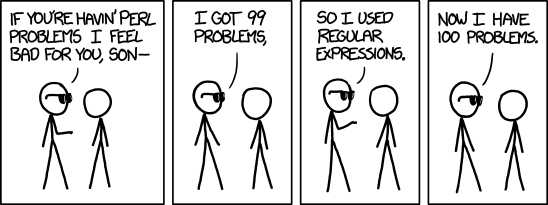
2023-01-18
sedsed is one of the most powerful commands when it comes
to data wrangling in the shell. It’s called a “stream editor” because
you can use it to make edits to a “stream” of text, which could either
be a file or the output of another program.
The simplest way to use sed is for finding a word and
replacing it with another word:
cat input.txt | sed 's/hello/hi/g'Let’s look at this in detail:
sed takes as its argument a “command string”, which
tells it what to dos, the “substitute” command. This is the
general find-and-replace command, and is likely the most common one
you’ll use./. This divider is used to separate the
different parts of the command string.hello.hello with
hi.g (global) flag.
This tells sed to replace every instance of
hello, not just the first one on each line.
We can also use sed with regular expressions, just like
we did with grep in our previous
post.